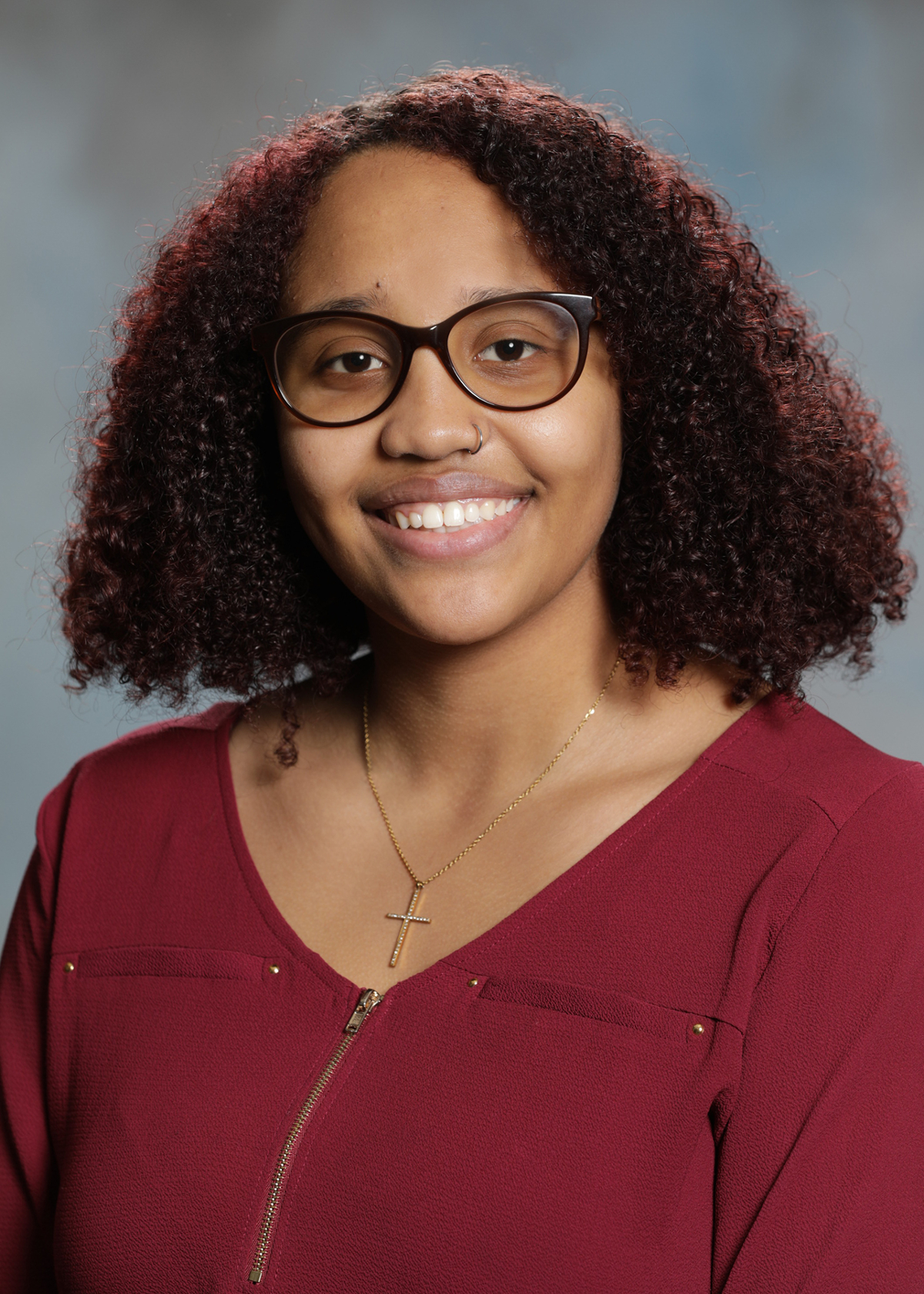Rosseirys (Ró-say-deese) De La Rosa

Junior, she/her/hers
“I always ask myself ‘where do I want to go today?’ It’s always been just where I feel like going.” Rosseirys (“Ro”) told us her place to study, relax, and hang out after she’s done with classes has always been either the Emory Black Student Union (EBSU) or Centro Latinx identity spaces.
Student ambassadors like Ro have been working hard throughout this process, meeting with architects and construction teams to build the spaces from the ground up, as well as sitting with staff members to ensure the purpose of each space resonates with all of our students.
The ambassadorship encompasses picking color swatches and furniture but also talking about the atmosphere each student should feel when walking into the spaces.
As an ambassador for both the EBSU and Centro, Ro had an interesting experience assisting in both areas. “Seeing the difference in what each community wanted, and what things both groups don’t like showed that this is not just an individual thing. This is a community thing.”
“Centro is very colorful, como familia, and we just want to be doing everything together. And the EBSU is going to be sleeker and more modern and still comfy. More like coffeehouse vibes.” Ro says this demonstrated to her how uniquely each group interacts with their identity and the world.
Ro tells us about how the beginning of her work with identity at Emory her first year of her undergraduate studies. “When I first came to Emory, I was having issues with both communities. I would walk into Centro and they would look at me and say ‘You’re Black. What are you doing?’ And then I’d go to the EBSU and speak Spanish and they’d say ‘You’re Hispanic. What are you doing?’”
After working closely with Belonging and Community Justice (BCJ) directors Taina Figueroa and Malcolm Robinson, Ro was able to facilitate the conversation to say,“It’s not so black and white.”
She says, “Working on these spaces and being the voice for both, como que, there’s a lot of gray areas where identities mold depending to the person individually and everybody has their own views.”
Whether the conversation was about paint chips or providing space for difficult conversations regarding identity, the drive behind each session was always to foster community. Ro says that was her favorite part of this experience; seeing each group advocate for the space in different ways was just further proof that cooperation fosters a diverse and multiverse community.
These identity spaces will be places where students can walk in and decide who they want to be. Ro’s hope is that, while each space is a place for students to meet with each other individually, the common area connecting them will help us learn from each other.
Ro goes on to say, “There are things we go through that are the same and some things that are different, so it’s a good learning experience. You can always learn from diverse people.”